28-Days-to-Lean Meal Plan
With the right plan and the right discipline, you can get seriously shredded in just 28 days.
Read article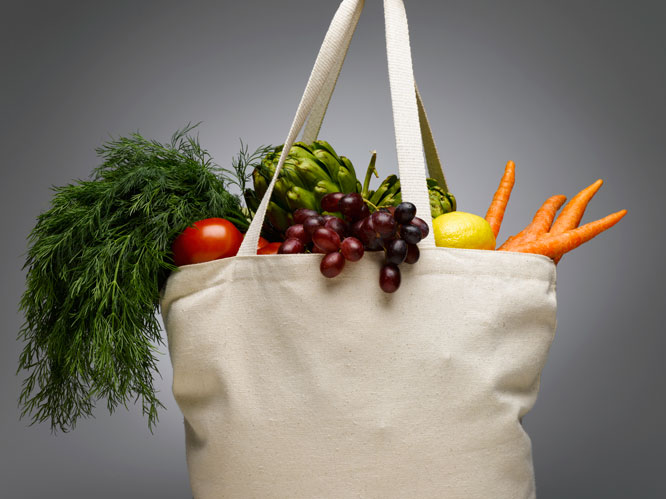
Rent. Car payments. Car insurance. Credit cards and cable television. Living expenses add up, and by the end of the week, there’s not much left to cover the one thing humans need the most: food. Question is, how do you afford to eat a high volume of meals without sacrificing the crucial nutritional principles that support all the training you do?
For most guys, tight budgets make shopping at popular organic food stores impossible, but eating fast food will sap your energy and make you fat. No matter your budget or how many time constraints you’re living under, highly processed foods will never produce the results you want. Get ready, then, to eat better than you ever have, even if you’re on the strictest budget. Welcome to the $100 Diet.
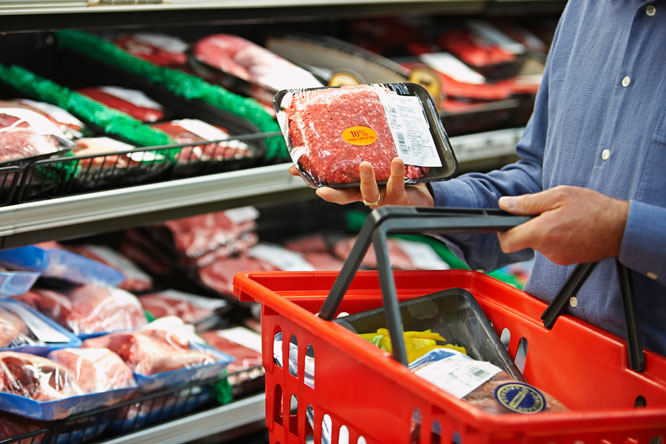
To categorize and classify foods, it’s important to know which macronutrients— proteins, fats, or carbs—are in what foods. Once you’re clear on that, you can build a strategy for shopping and daily meal selection.
With the $100 Diet, you’ll be spending most of your grocery money on meat. The most cost-effective protein sources for our purposes are chicken, eggs, and beef. Add fish to your shopping list as your budget allows. Whey protein is another great way to get high-quality, antioxidant-rich protein into your body quickly. It’s not budgeted into our $100 Diet, but it’s a good idea to use it whenever you can.
There are four types of dietary fats: trans fats, which are found in processed desserts; saturated fats from animal-based foods; monounsaturated fats found in cooking oils; and polyunsaturated fats, which must be supplemented into the $100 Diet because the body can’t produce them itself.
When your training regimen demands energy for intense, long-duration exercise, eating carbs is vital. Your carb sources for the $100 Diet will be sweet potatoes, bananas, raw oats, black beans, and fruit.
These high-fiber foods suppress hunger and stabilize your blood sugar, and they’re a vital source of micronutrients. Because these foods are easy to digest, increasing the amounts you eat will allow you to avoid the “food comas” caused by carb-based diets.
First off, you’ll need to find time to cook—and by cooking, we’re talking about bulk food prep on Sunday night. Cook all your meats and slice enough vegetables for three days, to ensure quick prep times for your daily meals.
The list we’re providing here will trace a path around the perimeter of your grocery store, getting you in and out in 20 minutes or less and avoiding the middle aisles—which will drain both your checkbook and your health.
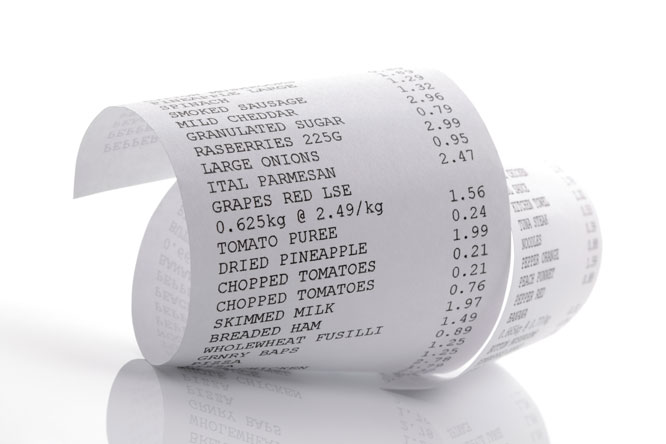
4 lbs chicken……………………………………………………………… $21.96
5 lbs ground beef………………………………………………………. $12.45
4 dozen eggs…………………………………………………………….. $7.96
TOTAL…………………………………………………………………….. $42.47
2 small jars natural peanut butter………………………………. $6.58
2 large avocados……………………………………………………….. $1.79
1 bag omega trail mix………………………………………………… $4.69
1 bottle olive oil (8.5 oz)…………………………………………….. $2.55
TOTAL…………………………………………………………………….. $15.61
2 heads broccoli……………………………………………………….. $2.49
3 large bell peppers………………………………………………….. $2.69
2 bags French green beans……………………………………… $1.99
1 large bag spinach………………………………………………….. $1.99
TOTAL…………………………………………………………………….. $9.16
1 bag sweet potato fries…………………………………………….. $2.29
5-lb bag sweet potatoes…………………………………………….. $2.69
2 cans black beans…………………………………………………… $1.99
6 large bananas……………………………………………………….. $1.14
6 large apples………………………………………………………….. $3.54
2 lbs raw oats………………………………………………………….. $3.99
TOTAL……………………………………………………………………. $15.64
Cayenne pepper………………………………………………………. $3.25
Cracked pepper……………………………………………………….. $2.25
Green tea bags……………………………………………………….. $3.12
Hot salsa………………………………………………………………… $2.99
Coffee……………………………………………………………………. $3.74
Limes…………………………………………………………………….. $2.00
TOTAL…………………………………………………………………… $17.35
FINAL TOTAL………………………………………………………… $100.13
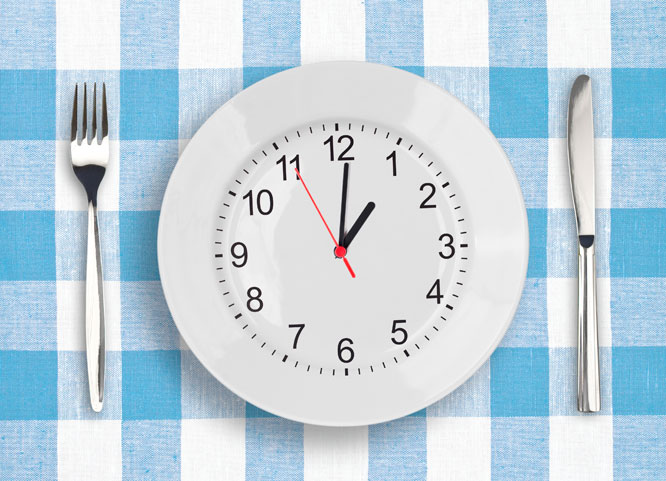
The real artistry of any diet plan involves understanding your body’s hormonal situation, then aligning it with proper food choices. The first step here is knowing which macronutrients you need at specific times. After compiling your comprehensive shopping list, knowing what foods you’ll need when and which foods you’ll need to avoid will essentially take care of itself.
Upon waking your body is hormonally set up to burn fat better than it is at any other time of day, so any movement that occurs will be fueled primarily by fat. Your testosterone and growth hormone levels surge at about 9 a.m. each morning, and you don’t want insulin to derail the positive impact these hormones have on your body. As a result, your breakfast should consist of protein sources, vegetables, and fats. There’s really only one rule to follow in the morning: Don’t eat carbs.
Your $100 Diet midday meals will depend on whether you train in the morning or the evening. For morning training, eat the bulk of your daily carbohydrates at this meal. If you’re training later in the evening, consume a large serving of vegetables and fibrous carbohydrates at midday—and always include a protein source. Then, toward the end of your workday, but at least 90 minutes before training, have some blended oats or fruit with a protein shake.
Once you’ve finished working and training, it’s time to eat in a way that will give you the energy you’ll need for the next day’s intense training session. Dinner is when you’ll want to eat a large carb serving that’s aligned with your body-composition goals. To lose weight, go for more fibrous carbs— fruit, oats, beans, or sweet potatoes— and finish your meal with lots of protein and vegetables. After-dinner snacks should contain only protein and fat to keep you in an anabolic state as you sleep.
You’ve bought everything on your list, and now you’re standing in the kitchen, broke, with eight bags of groceries and no clue what to do. Don’t worry: The menu items in our meal plans are strategically selected to provide your body with precisely what it needs at the right times during the day. Follow the appropriate plan to the letter, and watch your energy levels, body composition, and strength skyrocket like never before.
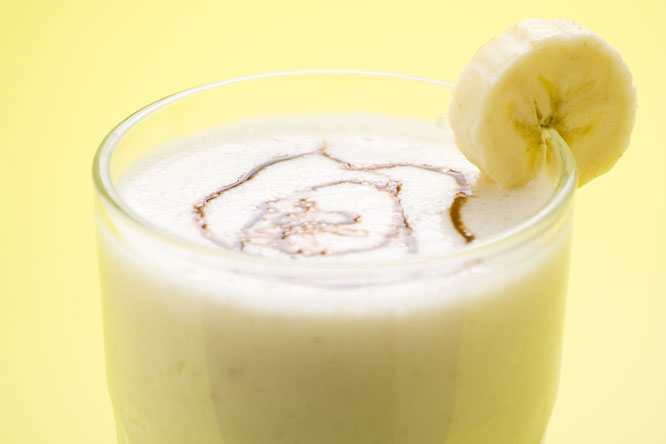
Drink 20 oz of water each meal, more during training
Meal 1
– Shake: 8 oz coffee, 8 oz water, 2 tbsp peanut butter, and 2 scoops whey (preferably chocolate)
Training Session
– 1 apple if needed
Meal 2
– Omelet: 6 egg whites or 6 whole eggs, 1 cup spinach, 1–2 tsp hot salsa, ½ mashed avocado
Meal 3
– 8–10 oz chicken breast or ground beef (Marinate all meat in olive oil, cayenne pepper, limes, and pepper.)
– 1 cup green beans or 1 cup broccoli
– 1 cup black beans or 2 bananas
Meal 4
– ½ cup trail mix
– Hot green tea
Meal 5
(if following morning is a training session)
– 1 large sweet potato or 1 cup black beans
– 10–12 oz chicken breast or ground beef
– 1 bell pepper or 1 large spinach salad
Meal 5
(if following morning is off)
– 10–12 oz chicken breast or ground beef
– 1 cup broccoli
– 1 cup green beans
Meal 6
– 2 scoops whey
– 2 tbsp peanut butter
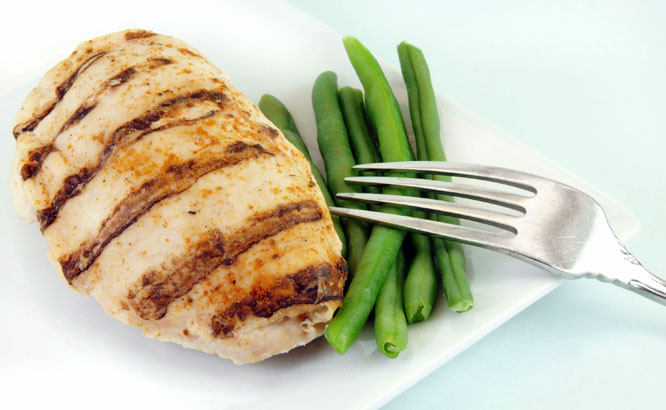
Drink 20 oz of water each meal, more during training
Meal 1
– Omelet: 6 egg whites or 6 whole eggs, 1 cup spinach, 1–2 tsp hot salsa, ½ mashed avocado
Meal 2
– 1 apple
– Shake: 8 oz coffee, 8 oz water, 2 tbsp peanut butter, and 2 scoops whey (preferably chocolate)
Meal 3
– 8–10 oz chicken breast or ground beef (Marinate all meat in olive oil, cayenne pepper, limes, and pepper.)
– 1 cup green beans
– 1 cup broccoli
– Hot green tea (Drink as your meal ends or sip throughout afternoon.)
Meal 4
– 1 cup blended oats
– 2 scoops whey
– 8 oz coffee
Training Session
– 2 bananas (Begin eating in small bites 15 minutes into your workout.)
Meal 5
– 1 large sweet potato or 1 cup black beans
– 10–12 oz chicken breast or ground beef
– 1 bell pepper or 1 large spinach salad
Meal 6
– Shake: 2 scoops whey, 2 tbsp peanut butter, 10–12 oz water
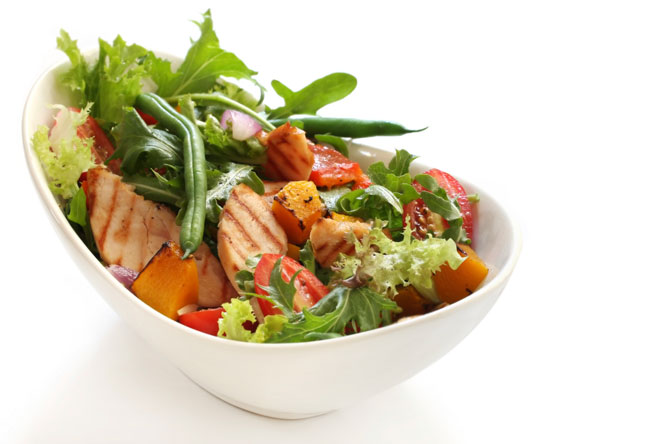
Drink 20 oz of water each meal, more during training
Meal 1
(if program goal is fat loss)
– Shake: 8 oz coffee, 8 oz water, 2 tbsp peanut butter, and 2 scoops whey (preferably chocolate)
Meal 1
(if program goal is mass gain)
– Omelet: 4–6 egg whites or whole eggs, 1 cup spinach, 1 tsp cayenne pepper, 1 tsp olive oil
– 3 oz chicken breast
Meal 2
– Hot green tea (Sip throughout afternoon.)
Meal 3
– 8–10 oz meat
– Large spinach salad
– ½ cup trail mix
Meal 4
– 8 oz chicken
– ½ avocado
– Hot green tea (Drink as meal ends or sip throughout afternoon hours.)
Meal 5
– 1 cup black beans
– 10–12 oz ground beef
– 1 cup broccoli or 1 cup green beans
Meal 6
– Shake: 2 scoops whey, 2 tbsp peanut butter, 10–12 oz water